1 of 75
Downloaded 31 times
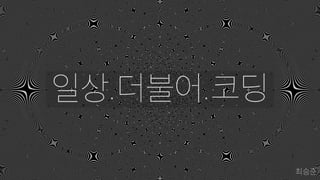
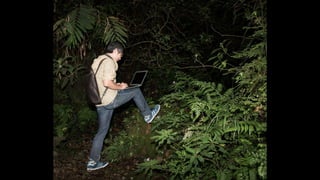
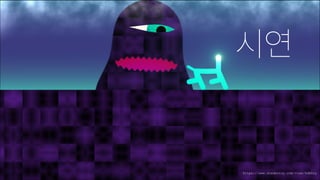
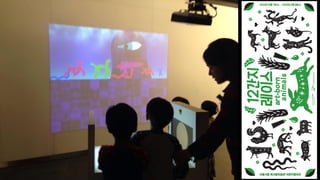
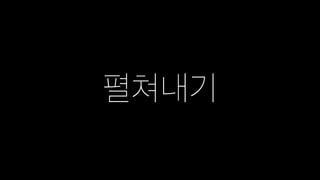
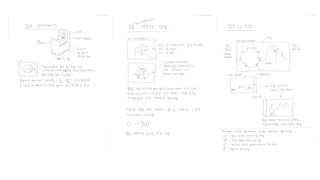



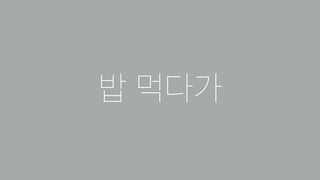
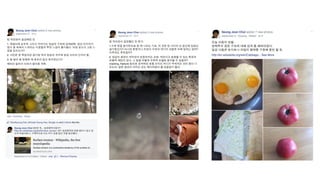
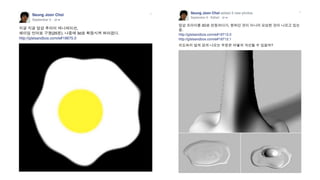
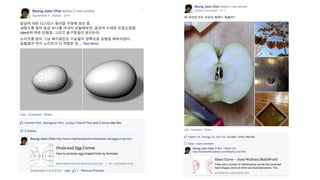
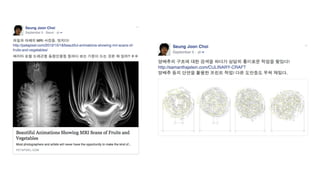
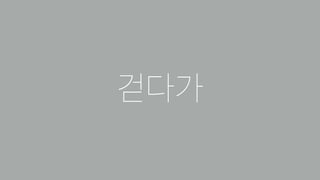
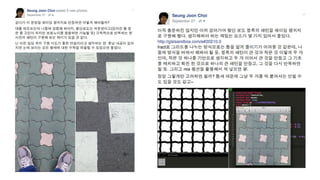
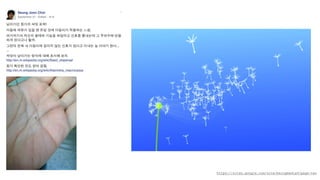
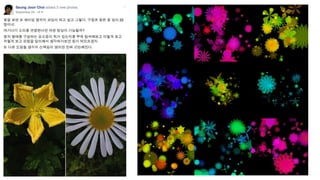
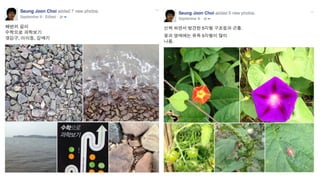
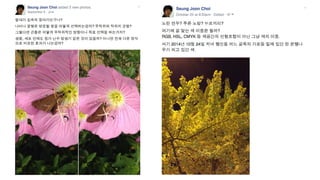

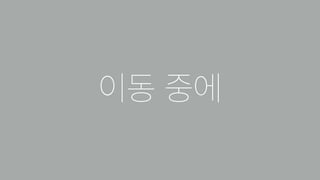
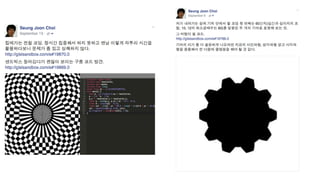
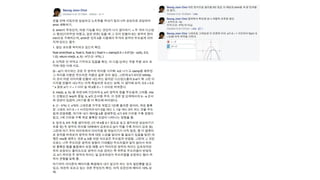
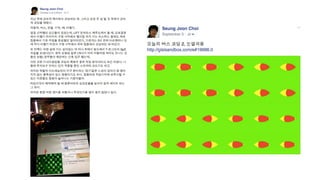

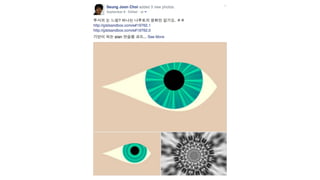
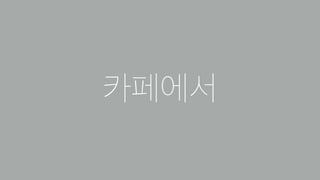
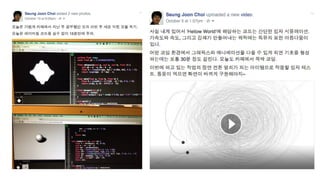


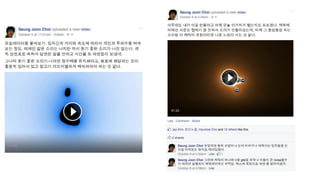
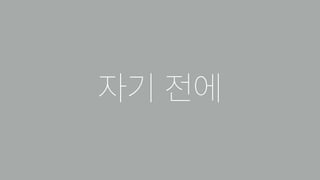
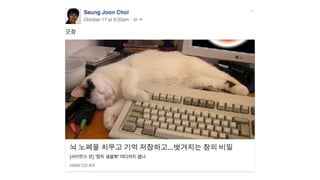
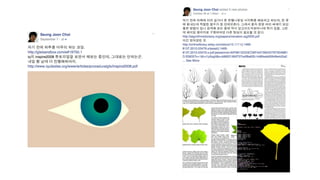


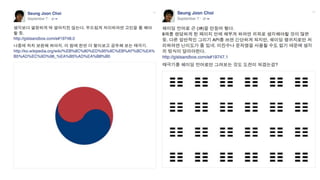
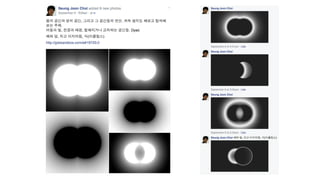
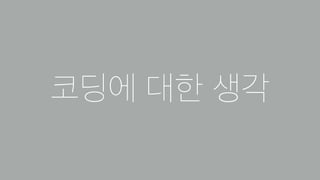
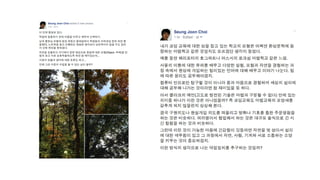
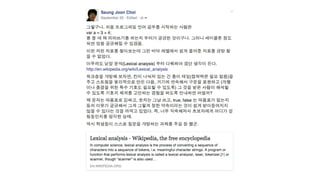
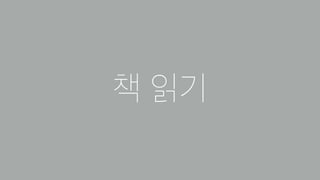



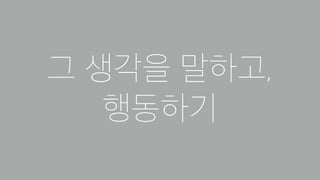
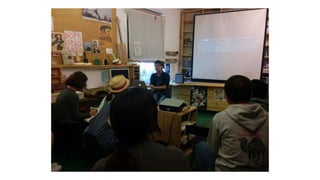

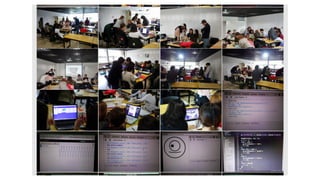
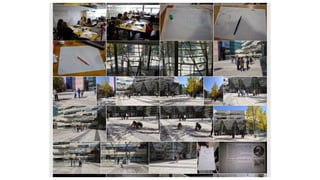

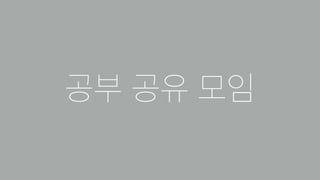
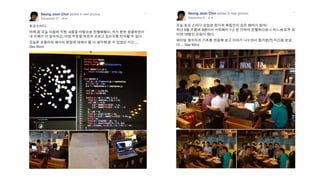
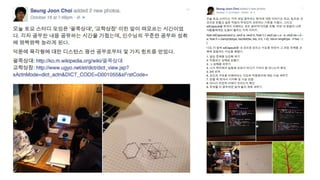
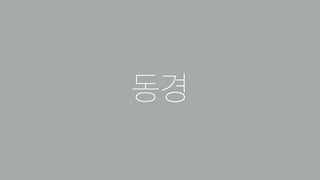
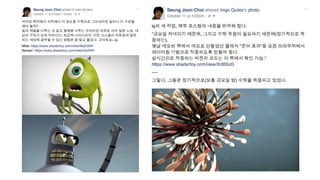
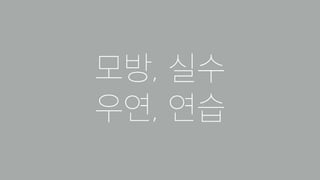
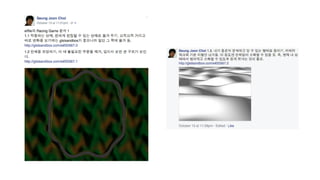
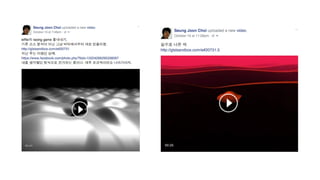
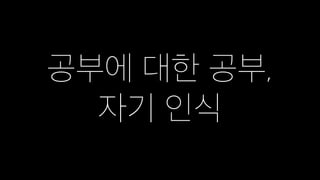


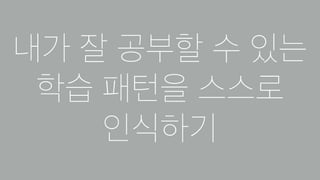

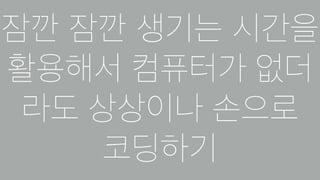
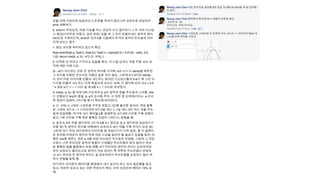

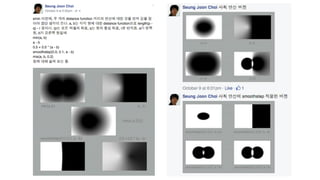


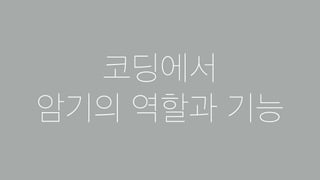
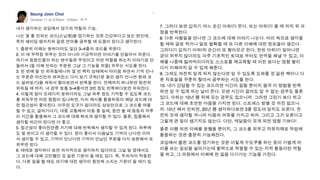
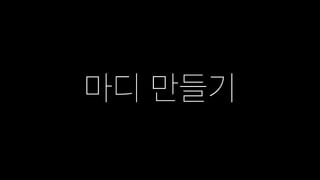
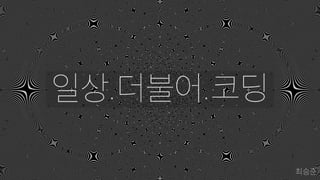
Ad
Recommended
Prospan campaign
Prospan campaign Le Linh
?
Prospan l©ż s?n ph?m thu?c ho th?o d??c duy nh?t ? Vi?t Nam d©żnh cho tr? s? sinh v©ż tr? nh?, n?i b?t v?i t? l? nh?n bi?t th??ng hi?u cao v©ż doanh s? ?n ??nh. C?ng ty ??t m?c ti©║u t?ng tr??ng doanh s? 20% trong n?m 2015 b?ng c©óch ph©ót tri?n k©║nh ph?n ph?i v©ż thu h©▓t kh©óch h©żng m?i. V?i nh?ng ?u ?i?m v??t tr?i, Prospan t?p trung v©żo vi?c ??ng h©żnh v©ż ch?m s©«c s?c kh?e cho c©óc b©ż m? l?n ??u.?? thi HSG To©ón 9 Qu?ng Ng?i n?m 2016 - 2017
?? thi HSG To©ón 9 Qu?ng Ng?i n?m 2016 - 2017B?i D??ng HSG To©ón L?p 3
?
T©żi li?u l©ż tuy?n t?p 19 chuy©║n ?? b?i d??ng h?c sinh gi?i To©ón l?p 9 v©ż ?n thi v©żo l?p 10 tr??ng chuy©║n, bao g?m nhi?u b©żi t?p v©ż ?? thi tuy?n sinh. C©óc b©żi thi v©ż b©żi t?p ??u c©« h??ng d?n gi?i chi ti?t, v?i nhi?u d?ng b©żi t?p t? r©▓t g?n bi?u th?c, gi?i ph??ng tr©¼nh ??n ch?ng minh c©óc m?nh ?? to©ón h?c. N?i dung t?p trung v©żo vi?c n?ng cao n?ng l?c t? duy v©ż gi?i quy?t v?n ?? trong m?n to©ón cho h?c sinh 9 tu?i.?????????? ?????
?????????? ?????Seung Joon Choi
?
Viewpoints Research Institute is a nonprofit organization founded in 2001 that conducts research focused on powerful ideas education, computing technologies, and user interfaces to aid learning. The organization's research is influenced by constructivism and seeks to apply theories from thinkers like Piaget and Papert to develop new educational tools and content. Key areas of research include teaching and learning powerful ideas, representing knowledge, interfaces for learning, and inventing new computing technologies to advance education. The goal is to help learners develop fluency in thinking, math, and science through new human-computer environments.????2012 ?????
????2012 ?????Seung Joon Choi
?
2012?? ?????? ??? ????2012 ????? ??? ????. ?? ??? ????????-????? ?? ??? ???? ????.Web rtc+webaudio
Web rtc+webaudioSeung Joon Choi
?
The Web Real-Time Communications Working Group aims to define client-side APIs for real-time communications like audio and video calling in browsers without plugins. This includes getUserMedia for media capture and WebRTC for peer-to-peer data sharing. Major browser vendors like Google, Mozilla, and Opera are implementing these APIs. Early demos show basic video calling, photo effects, and augmented reality applications built with getUserMedia, WebRTC, and WebGL. However, security issues still need to be addressed before these APIs are finalized and widely adopted.playground in island 2011
playground in island 2011Seung Joon Choi
?
▒Š╬─╝Ū┬╝┴╦2011─Ļ12į┬į┌┬Ē└┤╬„čŪĮ°ąąĄ─╣żū„Ę╗ū╝▒ĖŪķ┐÷Ż¼├Ķ╩÷┴╦Žų│ĪĄ─├”┬Ąėļ▓╗░▓Ż¼ęį╝░Čį╔Ķ▒Ė▓Ō╩į║═╣żū„Ę╗Ęš╬¦Ą─ĄŻėŪĪŻŠĪ╣▄┤µį┌ę╗ą®ĘńŽš║═▓╗╚ĘČ©ę“╦žŻ¼▓╬ėļš▀├Ū▒ĒŽų│÷┴╦╗²╝½Ą─▓╬ėļ╚╚ŪķŻ¼┤┤ū„╗ĘŠ│ę▓ŽÓČį╩µ╩╩ĪŻū„š▀į┌ū▄ĮßųąĘ┤ė│┴╦Čįė┌╩╩ė”Žų│Īū┤┐÷Ą─ą─╠¼▒õ╗»Ż¼ęį╝░ėļŲõ╦¹┤┤ū„š▀╗źČ»Ą─ėõ┐ņ╠ÕčķĪŻWebgl ???? 2011.8
Webgl ???? 2011.8Seung Joon Choi
?
WebGL enables 3D graphics and hardware-accelerated rendering within web browsers without plugins. This allows for rich 3D graphics and gaming experiences to be developed for the web. There are many experiments underway with WebGL across areas like science visualization, graphics demos, and games. Over the next few years, best practices are expected to emerge from a variety of approaches, lowering barriers to entry while also pursuing high performance. WebGL has the potential to significantly expand the scope of web development.OpenCreativity&IPR@HCI2010
OpenCreativity&IPR@HCI2010Seung Joon Choi
?
This document discusses open creativity and intellectual property rights from an artist's perspective. It touches on topics like open sharing of work, distributed constructionism, sustainable creative communities, experiments with responsibilities, and the free culture movement. The overall message is that open sharing of ideas and collaborative work can foster learning and positive change, but proper credit and respect of ownership rights are still important.Agile approach in a kindergarten
Agile approach in a kindergartenSeung Joon Choi
?
The document discusses introducing agile principles and practices into a kindergarten setting. It describes initial struggles in introducing new technologies but realizing that culture was more important. The kindergarten has been experimenting with ideas like pair teaching, none violent communication, and agile retrospectives to reinvent the school culture and encourage more collaboration. The goal is to support emergent learning for children, parents, teachers, and the community through simple rules and an approach inspired by fractals.More Related Content
More from Seung Joon Choi (19)
????2012 ?????
????2012 ?????Seung Joon Choi
?
2012?? ?????? ??? ????2012 ????? ??? ????. ?? ??? ????????-????? ?? ??? ???? ????.Web rtc+webaudio
Web rtc+webaudioSeung Joon Choi
?
The Web Real-Time Communications Working Group aims to define client-side APIs for real-time communications like audio and video calling in browsers without plugins. This includes getUserMedia for media capture and WebRTC for peer-to-peer data sharing. Major browser vendors like Google, Mozilla, and Opera are implementing these APIs. Early demos show basic video calling, photo effects, and augmented reality applications built with getUserMedia, WebRTC, and WebGL. However, security issues still need to be addressed before these APIs are finalized and widely adopted.playground in island 2011
playground in island 2011Seung Joon Choi
?
▒Š╬─╝Ū┬╝┴╦2011─Ļ12į┬į┌┬Ē└┤╬„čŪĮ°ąąĄ─╣żū„Ę╗ū╝▒ĖŪķ┐÷Ż¼├Ķ╩÷┴╦Žų│ĪĄ─├”┬Ąėļ▓╗░▓Ż¼ęį╝░Čį╔Ķ▒Ė▓Ō╩į║═╣żū„Ę╗Ęš╬¦Ą─ĄŻėŪĪŻŠĪ╣▄┤µį┌ę╗ą®ĘńŽš║═▓╗╚ĘČ©ę“╦žŻ¼▓╬ėļš▀├Ū▒ĒŽų│÷┴╦╗²╝½Ą─▓╬ėļ╚╚ŪķŻ¼┤┤ū„╗ĘŠ│ę▓ŽÓČį╩µ╩╩ĪŻū„š▀į┌ū▄ĮßųąĘ┤ė│┴╦Čįė┌╩╩ė”Žų│Īū┤┐÷Ą─ą─╠¼▒õ╗»Ż¼ęį╝░ėļŲõ╦¹┤┤ū„š▀╗źČ»Ą─ėõ┐ņ╠ÕčķĪŻWebgl ???? 2011.8
Webgl ???? 2011.8Seung Joon Choi
?
WebGL enables 3D graphics and hardware-accelerated rendering within web browsers without plugins. This allows for rich 3D graphics and gaming experiences to be developed for the web. There are many experiments underway with WebGL across areas like science visualization, graphics demos, and games. Over the next few years, best practices are expected to emerge from a variety of approaches, lowering barriers to entry while also pursuing high performance. WebGL has the potential to significantly expand the scope of web development.OpenCreativity&IPR@HCI2010
OpenCreativity&IPR@HCI2010Seung Joon Choi
?
This document discusses open creativity and intellectual property rights from an artist's perspective. It touches on topics like open sharing of work, distributed constructionism, sustainable creative communities, experiments with responsibilities, and the free culture movement. The overall message is that open sharing of ideas and collaborative work can foster learning and positive change, but proper credit and respect of ownership rights are still important.Agile approach in a kindergarten
Agile approach in a kindergartenSeung Joon Choi
?
The document discusses introducing agile principles and practices into a kindergarten setting. It describes initial struggles in introducing new technologies but realizing that culture was more important. The kindergarten has been experimenting with ideas like pair teaching, none violent communication, and agile retrospectives to reinvent the school culture and encourage more collaboration. The goal is to support emergent learning for children, parents, teachers, and the community through simple rules and an approach inspired by fractals.?????? ??????? ?????
- 5. ????
- 7. 9? 23? ???? ?? ???? ?? ?? ?? 9? 22? ??? ??? ???? ????? ??? ? ?? ?? ?? ???? ?? ?, ?????? ?? ??? ?? 4? ??? ??? ??? ? ??? ?? ?? ?? ??? ???? ??? ?? ???? ??, 3D ??? ?? ??? ??. ??? ???? ??? ??? ??. ? ???? ??? ??, ??? ??? shadertoy ? ??? ?? ?? ??? ???, ??? ??? ??? ????, ?? ??? ?? ??? ?? 2? ?? ??. ? ???? ???? ?? ?? ?? ??, ??? ??? ?? ?? 9? 24? 9? 25? ???? ???? ??, ??? ???? ??
- 9. ??
- 10. ? ???
- 15. ???
- 22. ?? ??
- 26. ?? ??
- 28. ????
- 30. ??
- 33. ?? ??
- 37. ??, ?????
- 40. ??? ?? ??
- 43. ? ??
- 45. ??? ??
- 47. ? ??? ???, ????
- 53. ?? ?? ??
- 56. ??
- 58. ??, ?? ??, ??
- 61. ??? ?? ??, ?? ??
- 64. ?? ? ??? ? ?? ?? ??? ??? ????
- 66. ?? ?? ??? ??? ???? ???? ?? ?? ???? ??? ????
- 68. ?? ??? ?? ??? ??? ??
- 70. ???? ??? ? ?? ? ?? ???? (?? ? ?? ?) ???? ??
- 72. ???? ??? ??? ??
- 74. ?? ???
- 75. ??.???.?? ???
